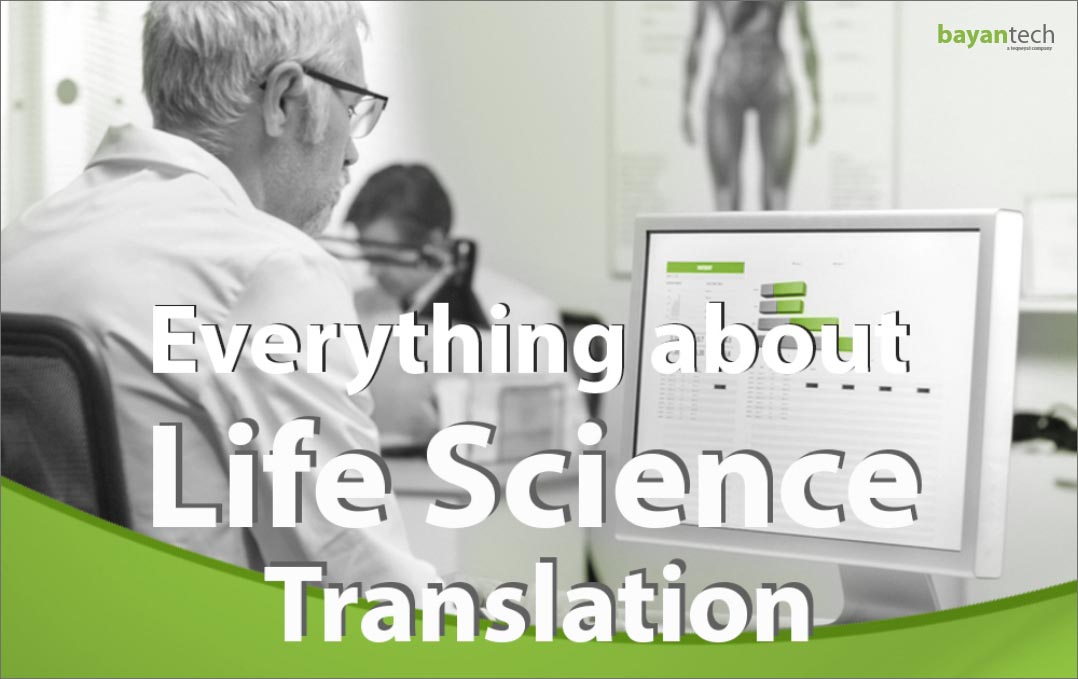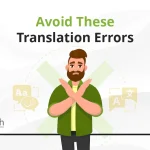Life science translation is the bridge that connects medical professionals, scientists, and manufacturers worldwide. Whether we are discussing healthcare services, medical research, or pharmaceutical companies, the important role of life science translation is undeniable.
The life science sector is currently at an inflection point, powered by technology, international collaborative research endeavors (such as the ones helping to control the Covid-19 outbreak), and the implementation of developments from other seemingly unrelated disciplines, such as AI.
The high-level and fast-paced development of medical technology also raises the standards of medical translation and localization services. Adapting medical devices, documentation, and other medical material not only requires training but also staying on top of one of the most promising medical moments in human history.
If you’re a linguist, aspiring to specialize in life science translation solutions, you’re in the right place. This post is the perfect introduction to the practice of life science translation.
We’ll dive into:
- 1- Why life science translation is such an important and complex field
- 2- The three most common types of medical translation
- 3- The preliminary stages of life science translation
- 4- The importance of customer feedback and quality assurance
- 5- Useful tips for a successful life science translation process
A Bit of History: What Is the Life Science Industry?
Throughout the twentieth century, everything related to human healthcare changed significantly, to the beat of incredible scientific and technological development. Before that era, medical practices were highly limited and rarely differentiated from other trades, for instance, barbers used to officiate as dentists or surgeons regularly.
However, we can trace the greatest developments in sanitation, nutrition, vaccination, and healthcare practices back to the second half of the 1900s. In that period, the construction of specific facilities, such as hospitals and clinics, the number of trained healthcare practitioners, and the development of medicine and treatments grew exponentially. And that’s when the life science industry was born.
Nowadays, the life science industry encompasses numerous companies in fields such as biotechnology, pharmaceuticals, med-tech (or MedTech), food processing, environmental, and cosmeceuticals.
The life science sector is made up of organizations and institutions dedicated to the research, development, and commercialization of technologies that are related to “organisms” (human beings, plants, and animals). But most often, “life science translation” is used as a synonym for medical translation.
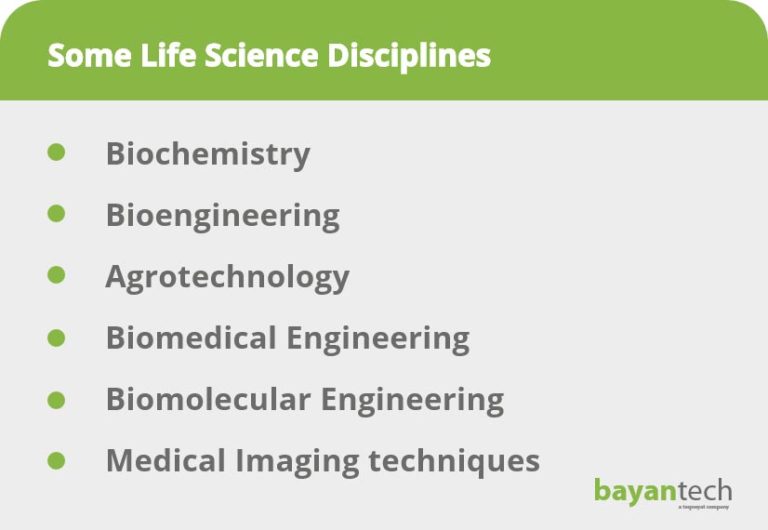
Life Science’ Promising Future
Life science organizations in sectors such as biopharma and med-tech have a bright future ahead. With the promise of Artificial Intelligence (AI) on the doorstep, the expectations of discovering not only new ways to treat rare diseases previously thought as untreatable, but most importantly, cure them in a dignified and effective way, is closer than ever. This allows medical companies and healthcare providers to shift their focal point from treatment to disease prevention.
This blossoming of the life science sector translates into a more effective time and cost-benefits relationship. Data-driven approaches, with medical algorithms and a large network of connected devices, contain the potential to create and develop everything you can think of within the healthcare ecosystem: medicines, medical devices, medical software, and even things that years ago were unthinkable or unable to be probable at the time, such as cell and gene therapies.
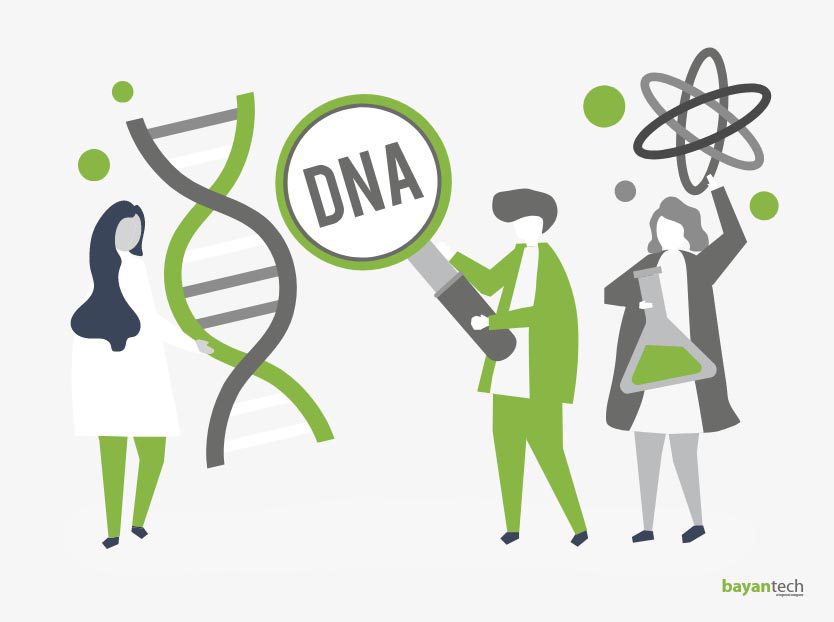
The Importance of Life Science Translation
Let’s dive into our core subject matter: life science translation. Why medical translation is so important?
Our increasingly globalized world with rapid technological changes and unprecedented interconnectivity has given origin to new services such as telemedicine, remote monitoring, and virtual clinical trials. This not only reduces treatment complexity for patients, but it also revolutionizes the way we see and configure the entire healthcare system.
The human experiences within it – patients, workforce, and clinical research organizations (CROs)- are deeply interrelated. This dynamic affects business outcomes. One of the issues that come with this globalized reality is to create value for all stakeholders in an ever-evolving business landscape. Life science organizations are looking forward to creating great value for patients and stakeholders alike.
The need for life science translation is ubiquitous across sectors of the industry. From clinical trials on an international scale or pharmaceutical products or med-tech manufacture and export.
The Importance of Life Science Translation
Translation in life science settings gathers various features of medical and technical translation. Here, our targeted audience is accustomed to academic or business backgrounds where clear and accurate terminology use is essential.
Mistranslations or omissions not only can lead to a great loss of time, resources, and money but could also cost peoples’ lives. For instance, in Germany, between the years of 2006 and 2007, 47 knee surgeries had to be performed twice due to a translation error in the device package information. There are two types of knee prostheses, with or without cement. Originally, the prosthesis package information said that the femoral component was non-modular cement, but according to the German mistranslation, the component was non-cemented. Such mistakes must be anticipated and efficiently solved prior to, for example, a product entering a targeted market – or a person’s body.
If during the translation and localization process of those medical devices, a high-quality life science translation service had been used, the outcome of the 47 surgeries would have been successful. Translation and localization best practices guarantee, for instance, that pharmaceutical products entering an international market are labeled correctly or that a multi-center medical device manufacturing process can be carried out successfully. They even facilitate communication between healthcare practitioners in clinical trials conducted on an international scale.
Sign up to our newsletter to receive the latest blogs and news.
The Three Most Common Types of Medical Translation
To understand more clearly, and have a more solid idea of what life science translation is about, one could simplify the complex and highlight three types of medical translation:
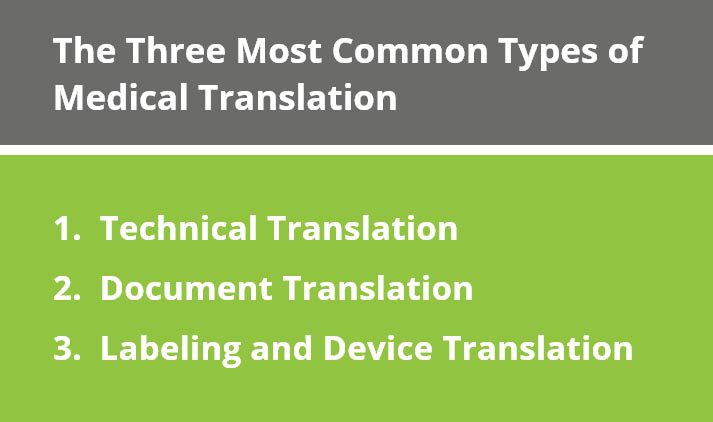
In some cases, these processes are just parts of a wider medical device localization process. For a deep introduction to the subject, check out our medical software localization guide.
1. Technical Translation
Healthcare practitioners never stop learning throughout their careers. This implies the need for every piece of educational material to be translated for healthcare students around the world. And, the key to improving life quality worldwide is to make research and other relevant information equally available for practitioners on an international scale. Patients all around the world should be able to benefit from the same healthcare industry breakthroughs. So it becomes indispensable to ensure an accurate technical translation, into the required local language, that facilitates the understanding and use of medical devices by healthcare practitioners.
For this to happen, you may need, for instance, a language service that specializes in clinical trial translation.
2. Document Translation
Document translation involves documentation such as informed consent forms, specific research documentation, pamphlets for travel-related diseases required by airports, vaccine inventories required for tourists to enter a country, and so on. The list is endless, and every documentation needs to be meticulously translated to guarantee that the patient can access appropriate care, and have their rights respected.
3. Labeling and Device Translation
Labels and supporting documentation for a pharmaceutical product or medical device must be 100% accurately translated. A subtle error can result in 47 knee surgeries gone wrong and considerable liabilities.
In most cases, medical devices won’t only have to be translated but also localized. A medical device’s user interface, for instance, will have to undergo a lengthy, cross-disciplinary process of linguistic and design adaptation.
In these cases, it’s ideal to work with a life science translation company that specializes in pharmaceutical translation and medical device localization.
Needless to say, in life science translation and medical localization alike, accuracy, and strict quality management are crucial.
Can You DIY Life Science Translation?
As we have mentioned on numerous occasions, life science translation is not just a necessary process, but most importantly one that must be carried out with the strongest, most detail-oriented quality control. Any omission or mistranslation could cause a tremendous impact on how a device is used or treatment is provided.
Translators are essentially skilled at understanding the targeted language and overcome challenges arising from the differences in the cultures and languages at hand. But, in a medical setting, they must also be subject matter experts committed to rendering concepts with a surgical level of precision. This is not exclusive to medical translation. This approach is also the ideal one for legal and technical translation.
In any of these disciplines, having a non-experienced translator in charge of the project can be both costly and inefficient. Translators working in medical translation services must have experience in the field in addition to a certification that demonstrates training in the subject matter, whether it be an academic certificate or a medicine background.

The Preliminary Stages of the Life Science Translation Process
Clear communication guarantees effective outcomes. Before beginning the translation process, gather all relevant information, ask the client everything you need to know, and be an active listener. Before moving forward and translating medical documents, discuss the project at large. Set key elements such as deadlines, relevant materials, specific instructions, and any references that can help the process.
Regardless of the type of translation you’re conducting, you should always respect the document’s terminology and style. Upon a first recognition of the document, build a glossary. If you’re using a translation management tool that makes automation possible, you can automatically take care of repetitive terms.
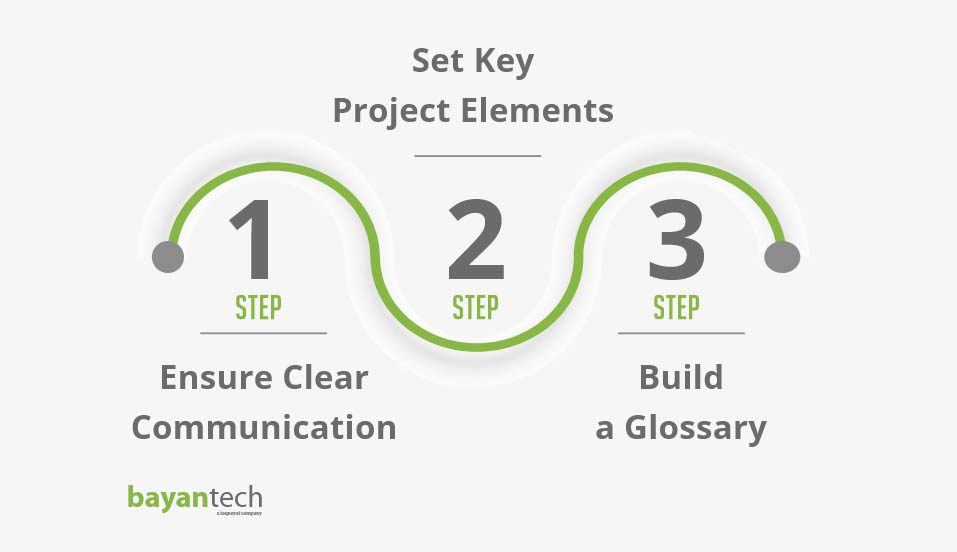
Quality Assurance & Customer Feedback in Medical Translation
Throughout the process, doubts or questions may arise, either about specific terminology or some particular information about the subject matter, which must be verified by the client as much as necessary.
Translation involves a coordinated hands-on effort, discussing a project with other translators in your team is always helpful. For instance, an often applied translation method is to use a second translator to review the translated content, this guarantees a major level of accuracy.
In most translation companies, these types of projects will be under specialized project management. The project manager will communicate with the client and create project documentation for translators.
All translations must go through a quality assurance process. Some translation companies organize their process as a “3-EYE TEP”, a succession of translation, editing, and proofreading performed by three different translators.
At first sight, we can say that medical translation is a field that comes with many challenges, but bear in mind that they can be solved by ensuring three things:

Best Practices for a Successful Life Science Translation Process
Whether you’ve stumbled across this post because you suspect you may need life science translation, or you’re looking for how to become a medical translator, it’s worth going over five tips to conduct a successful life science translation project.
These best practices will help you understand how life science translation is conducted at a professional level.
Coordinated hands-on effort – The translation process is full of subtleties and nuances. The best strategy to ensure a translation that works on all levels is to build teams with diverse expertise and competencies, guaranteeing the mutual exchange of knowledge and ideas, and aiming for a complete view of the project.
Standardized procedures – In the field of life science, most documentation has a very specific format. When we’re dealing with diagnosis documents, legally-sensitive files, or scientific papers, there is little room for bold creative decisions. Dealing with such a strict framework makes it necessary to use standardized translation processes that guarantee high-quality outcomes. This is a translation field where precision, clarity, and attention to detail must be the order of the day.
Native Translators – Having native translators with a high-level degree in the subject matter will ensure familiarity with the local bureaucracy, methodology, and language. And when we are dealing with a field that requires deep accuracy, you will need linguists that can manage intricate biomedicine or bioengineering instructions and communicate them efficiently.
Translation memory – Life science is an ever-evolving industry. And the linguistic tools that translators use should be up to par. An effective strategy is working with CAT tools, such as a Translation Memory, containing specific and relevant terminology, medical encyclopedias, dictionaries, and all the key material that has been used thus far. This tool allows translators to use the exact terminology in the right contexts, guaranteeing even more accuracy – and consistency- in the process.
Building long-term relationships – While a language services provider that specializes in your discipline should be able to deliver good results from day one, it’s best to work with a language services provider that knows your product, and the specific translation challenges it may carry.
The best strategy for an expanding business in life science industry is to invest in a long-term relationship with a highly specialized language service provider. Long-term collaborative environments create a common set of procedures and goals that leads to better business outcomes.

Professional Life Science Translation Services for Game Changers
bayan-tech, is an IS0 9100-certified regional language services leader. With hyper specialized teams in all languages, cutting-edge technology, and unbeatable quality standards, our life sciences translation services are accurate, secure and cost-efficient.
With almost 20 years of experience, we’ve provided life sciences translation solutions to healthcare leaders in the MENA region and beyond. We’ve worked with the likes of Dubai Cares, The Arabian Healthcare Group, and the Mayo Clinic.

